In today's data-driven world, data pipeline tools play a crucial role in shaping modern data strategies. These tools help you manage and streamline the flow of data, ensuring that information is accessible and actionable. The data pipeline market is booming, with projections indicating growth from USD 8.22 billion in 2023 to USD 33.87 billion by 2030. This rapid expansion highlights the increasing demand for efficient data management solutions. As you navigate this evolving landscape, tools like FineDataLink and FineBI offer innovative features to enhance your data strategy and keep you ahead in the competitive market. The following is Top 10 Data Pipeline Tools for 2025 :
- FineDataLink
- Talend
- Apache Airflow
- AWS Glue
- Google Cloud Dataflow
- Microsoft Azure Data Factory
- Hevo Data
- Rivery
- Fivetran
- Stitch Data

Understanding Data Pipeline Tools
In the realm of data management, data pipeline tools serve as the backbone for efficient data handling. These tools ensure that data flows seamlessly from one point to another, enabling you to harness the full potential of your data assets.

Definition and Purpose of Data Pipeline Tools
What are Data Pipeline Tools?
Data pipeline tools are software applications designed to automate the movement and transformation of data between different systems. They facilitate the extraction, transformation, and loading (ETL) of data, ensuring that it reaches its intended destination in a usable format. Unlike traditional ETL tools, data pipeline tools offer a broader scope, managing complex workflows and integrating with various data sources and destinations.
Why are they essential for data strategies?
Data pipeline tools are crucial for modern data strategies because they streamline data workflows, improve data quality, and facilitate faster data-driven decisions. By automating data processes, these tools reduce manual intervention, minimize errors, and enhance efficiency. They also support real-time data processing, allowing you to make timely decisions based on the most current information available.
Key Features to Look For Data Pipeline Tools
When selecting data pipeline tools, certain features stand out as essential for maximizing their effectiveness.

Scalability
Scalability is a critical feature to consider. As your data needs grow, your tools must handle increased data volumes without compromising performance. For instance, Google Cloud Dataflow is renowned for its scalability, offering a serverless environment that adapts to your data processing demands.
Integration Capabilities
Integration capabilities determine how well a tool can connect with various data sources and systems. Tools like AWS Glue and Azure Data Factory excel in this area, providing robust integration options for diverse data environments. These tools simplify the process of discovering, preparing, and combining data for analytics and machine learning.
Real-time Processing
Real-time processing enables you to access and analyze data as it is generated. This feature is vital for businesses that rely on up-to-the-minute insights. Apache Airflow, for example, automates and schedules ETL processes, ensuring that data is processed in real-time, while Google Cloud Dataflow offers a fully managed service for stream and batch data processing.
By understanding these key aspects of data pipeline tools, you can make informed decisions that align with your data strategy and business objectives.
Top 10 Data Pipeline Tools for 2025

Tool 1: FineDataLink by FanRuan
Overview
FineDataLink, developed by FanRuan, is a comprehensive data integration platform. It simplifies complex data integration tasks with its low-code approach. This tool is designed to enhance data quality and streamline data processes, making it an ideal choice for businesses seeking efficient data management solutions.
Website: https://www.fanruan.com/en/finedatalink
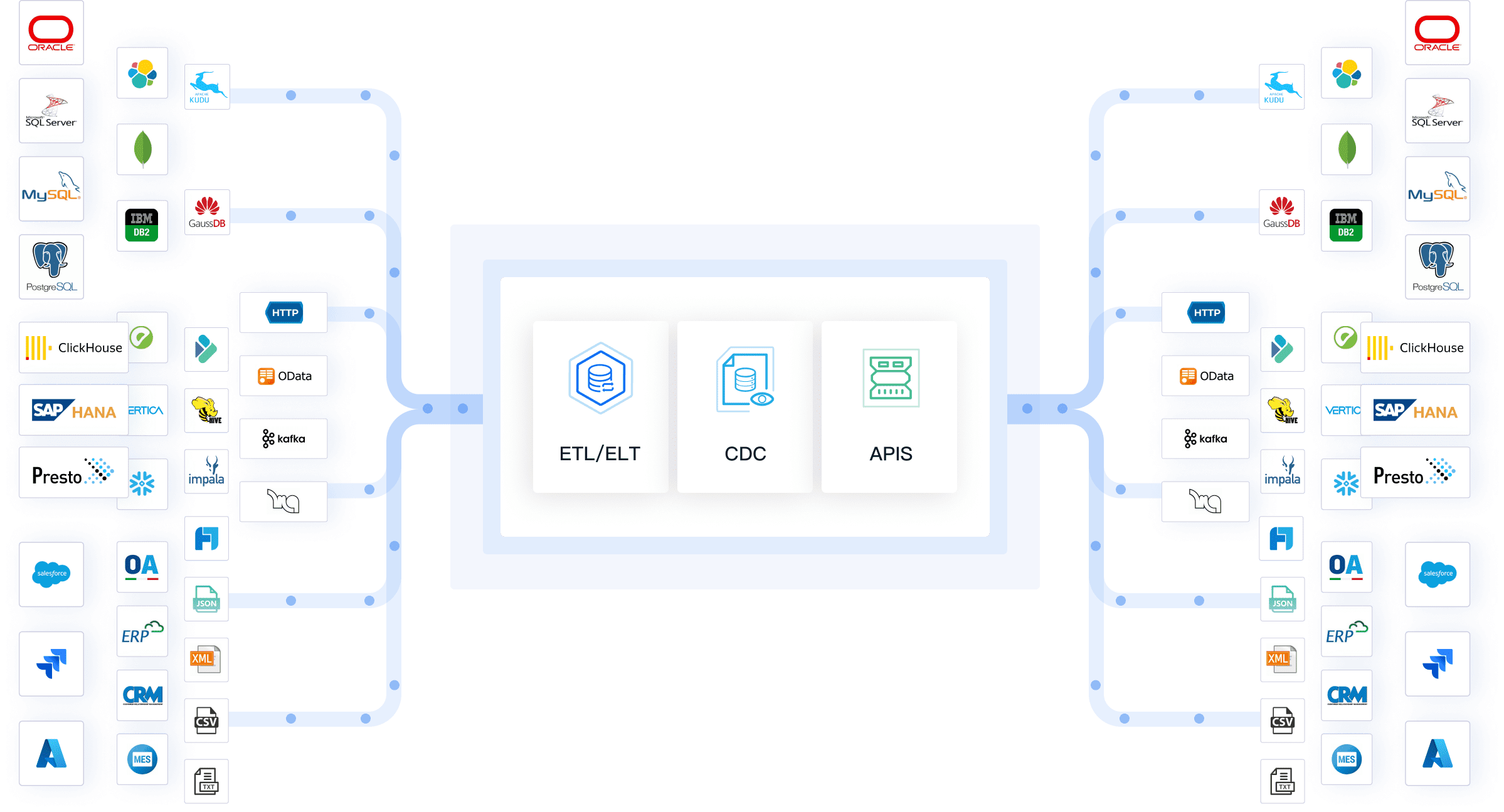
Key Features
- Real-Time Data Synchronization: FineDataLink excels in synchronizing data across multiple tables with minimal latency.
- ETL/ELT Capabilities: It supports both ETL and ELT processes, allowing for flexible data development.
- API Integration: The platform enables quick API interface development without the need for coding.
- User-Friendly Interface: Its visual and modern interface simplifies deployment and operation.
- Extensive Connectivity: Supports over 100 common data sources for seamless integration.
Pros and Cons
Pros:
- Simplifies data integration with a low-code platform.
- Offers robust real-time data synchronization.
- Provides extensive connectivity options.
Cons: May require initial setup time to configure integrations.

Tool 2: Talend
Overview
Talend is an open-source data integration platform that offers a wide range of capabilities. It helps users connect data from various sources and perform ETL or ELT pipelines efficiently. Talend is known for its powerful data integration, quality, and governance features.

Website: https://www.talend.com/
Key Features
- Comprehensive Data Integration: Talend provides tools for extracting, transforming, and loading data into data warehouses or lakes.
- Data Quality and Governance: Ensures high data quality and compliance with governance standards.
- Low-Code Environment: Allows users to perform data transformations with minimal coding.
- Scalability: Suitable for large enterprises with complex data management needs.
Pros and Cons
Pros:
- Offers a versatile solution for complex data management.
- Combines data integration with quality and governance capabilities.
- Supports a low-code environment for ease of use.
Cons: May have a steeper learning curve for beginners.
Tool 3: Apache Airflow
Overview
Apache Airflow is an open-source platform designed for orchestrating complex data workflows. It is widely used for managing ETL processes and Data Monitoring. Airflow provides a flexible way to handle data transformations through code-based approaches.
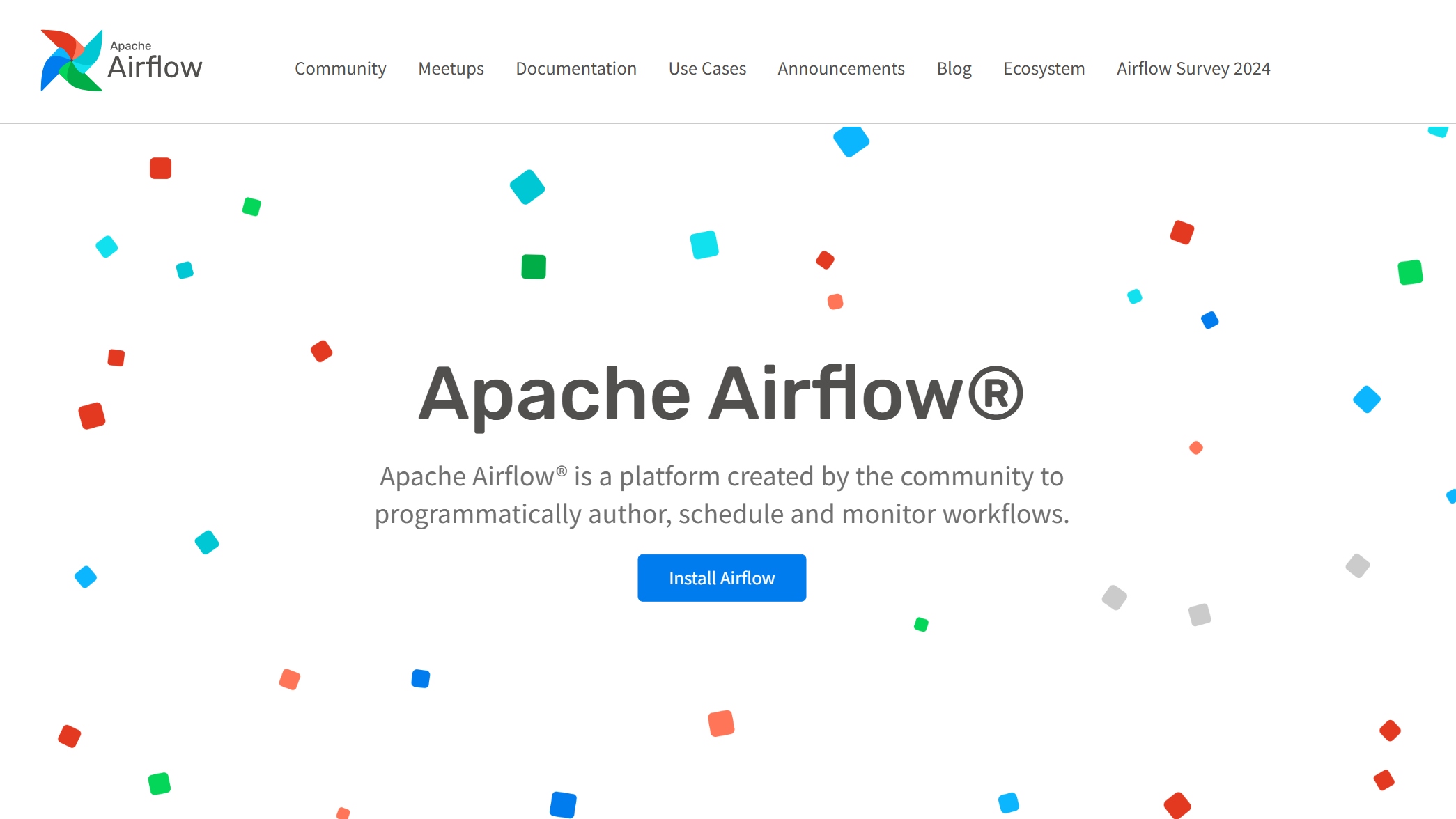
Website: https://airflow.apache.org/
Key Features
- Workflow Orchestration: Automates and schedules ETL processes efficiently.
- Flexible Data Transformations: Supports a variety of tasks, including data cleansing and aggregation.
- Scalability: Handles large-scale data workflows with ease.
- Community Support: Backed by a strong open-source community for continuous improvements.
Pros and Cons
Pros:
- Offers robust workflow orchestration capabilities.
- Provides flexibility in handling data transformations.
- Supported by a large community for resources and updates.
Cons: Requires coding knowledge for performing transformations.
Tool 4: AWS Glue
Overview
AWS Glue is a fully managed, serverless data integration service offered by Amazon Web Services. It simplifies the process of discovering, preparing, and combining data for analytics, machine learning, and application development. AWS Glue provides a comprehensive set of tools for ETL (Extract, Transform, Load) processes, making it an ideal choice for businesses looking to streamline their data workflows.
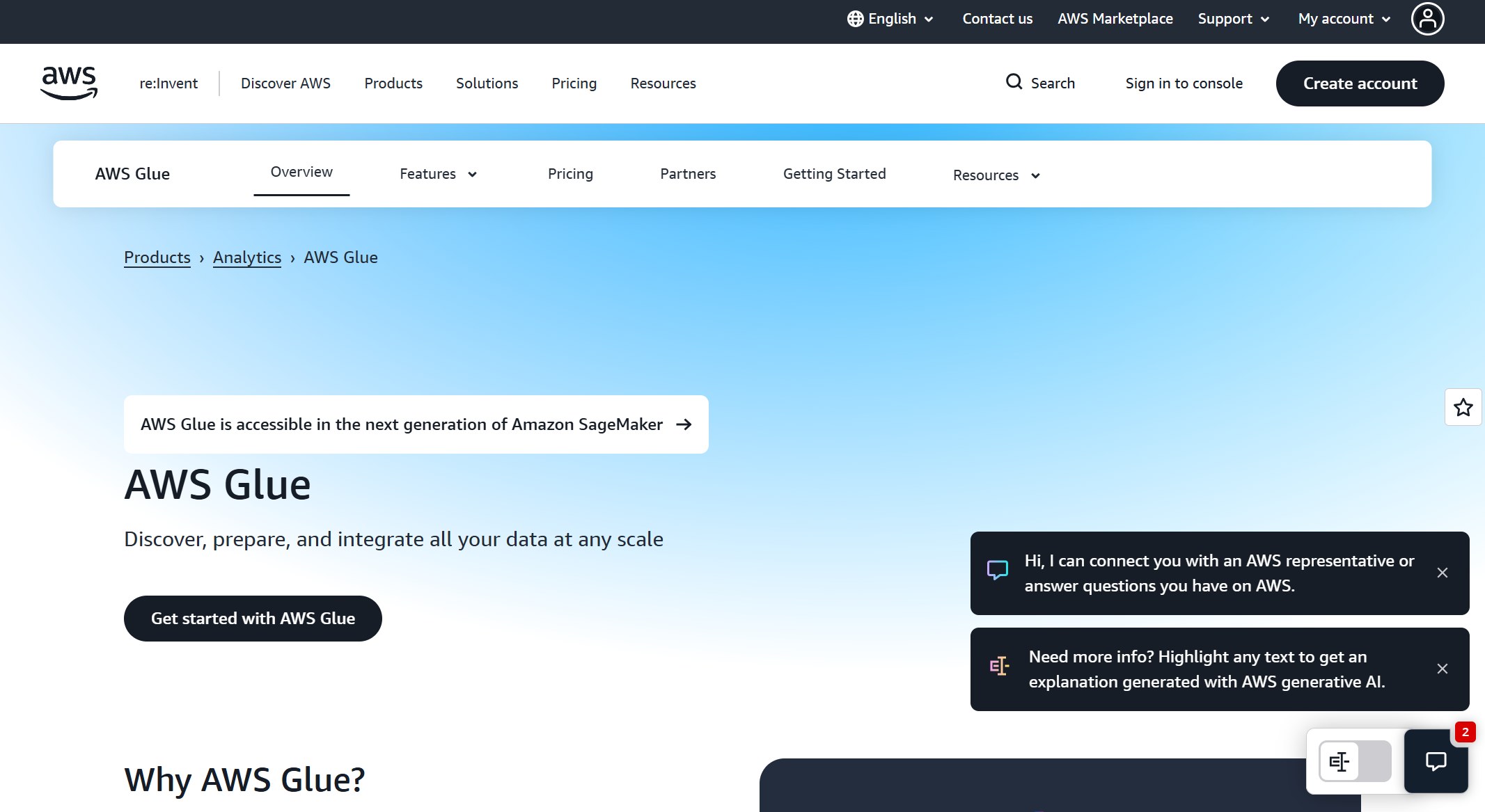
Website: https://aws.amazon.com/glue/
Key Features
- Serverless Architecture: AWS Glue operates without the need for infrastructure management, allowing you to focus on data processing tasks.
- ETL Automation: Automates the ETL process, reducing manual intervention and improving efficiency.
- Data Catalog: Maintains a centralized metadata repository, making it easier to discover and manage data assets.
- Integration with AWS Services: Seamlessly integrates with other AWS services, enhancing its capabilities for data processing and analytics.
Pros and Cons
Pros:
- Eliminates the need for server management with its serverless architecture.
- Offers robust integration with AWS ecosystem services.
- Provides a user-friendly interface for managing ETL processes.
Cons: May require familiarity with AWS services for optimal use.
Tool 5: Google Cloud Dataflow
Overview
Google Cloud Dataflow is a fully managed service for stream and batch data processing. It enables you to develop and execute a wide range of data processing patterns, including ETL, real-time analytics, and machine learning. Google Cloud Dataflow is known for its scalability and flexibility, making it a popular choice for businesses with dynamic data processing needs.
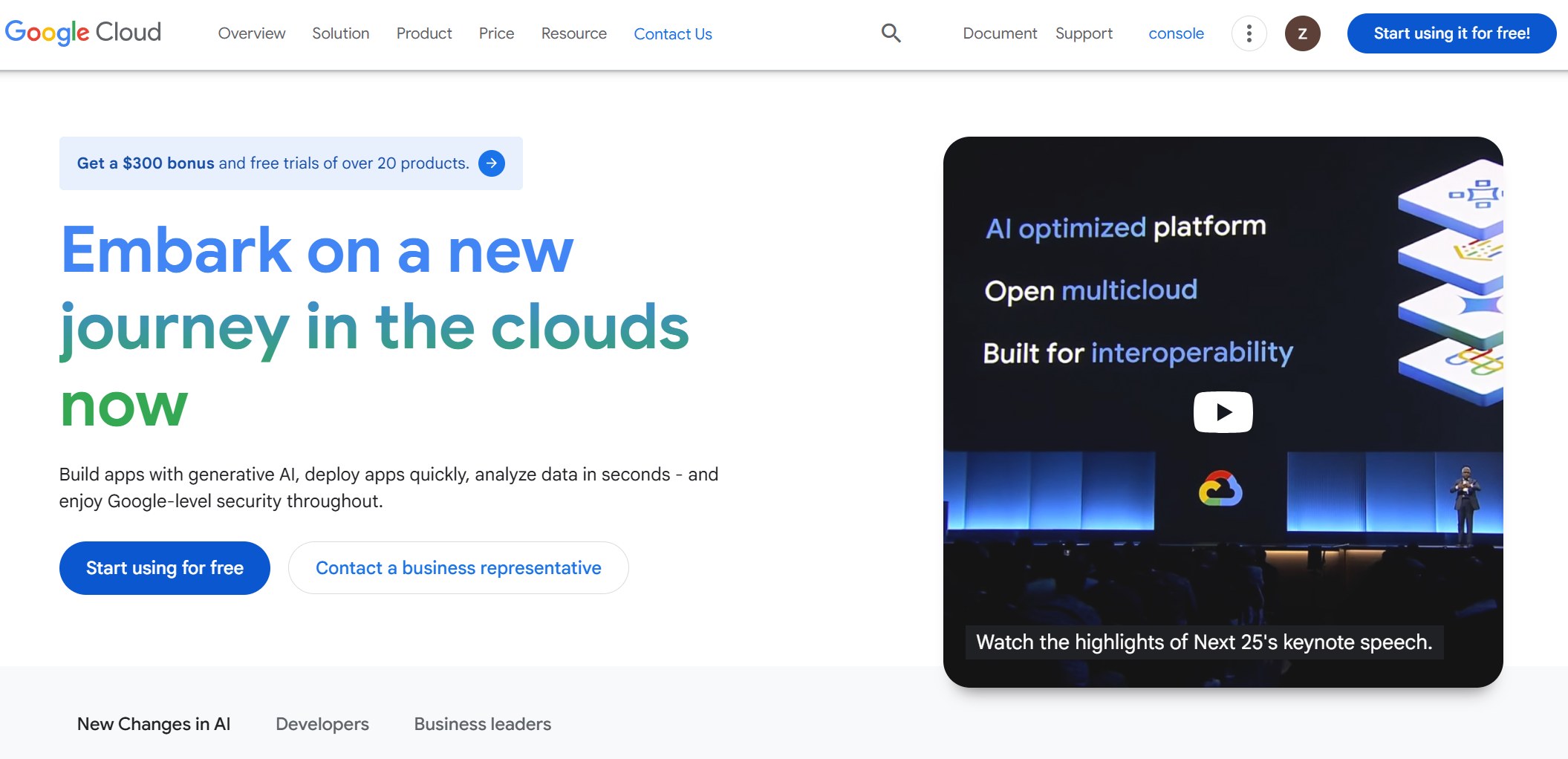
Website: https://cloud.google.com/
Key Features
- Unified Programming Model: Supports both stream and batch processing in a single model, simplifying data pipeline development.
- Scalability: Automatically scales resources to match your data processing demands, ensuring optimal performance.
- Real-Time Processing: Processes data in real-time, providing up-to-date insights for decision-making.
- Integration with Google Cloud Services: Enhances data processing capabilities through seamless integration with other Google Cloud services.
Pros and Cons
Pros:
- Offers a unified model for stream and batch processing.
- Provides automatic scaling for efficient resource management.
- Integrates well with Google Cloud services for enhanced functionality.
Cons: May involve a learning curve for users new to Google Cloud.
Tool 6: Microsoft Azure Data Factory
Overview
Microsoft Azure Data Factory is a cloud-based data integration service that allows you to create data-driven workflows for orchestrating data movement and transformation. It provides a platform for building scalable data pipelines, enabling you to integrate data from various sources and transform it into actionable insights.

Website: https://azure.microsoft.com/en-us/products/data-factory
Key Features
- Data Integration: Connects to a wide range of data sources, facilitating seamless data integration.
- Pipeline Orchestration: Automates data workflows, reducing manual effort and improving efficiency.
- Scalability: Supports large-scale data processing, accommodating growing data needs.
- Visual Interface: Offers a user-friendly interface for designing and managing data pipelines.
Pros and Cons
Pros:
- Facilitates seamless integration with a variety of data sources.
- Provides a visual interface for easy pipeline management.
- Supports scalable data processing for large datasets.
Cons: May require initial setup time to configure data connections.
Tool 7: Hevo Data
Overview
Hevo Data is a no-code data pipeline platform that simplifies the process of integrating and transforming data from various sources. It is designed to automate data workflows, making it easier for businesses to manage their data without extensive technical expertise. Hevo Data supports a wide range of data sources, allowing you to connect and consolidate data effortlessly.
Website: https://hevodata.com/
Key Features
- No-Code Platform: Hevo Data provides a user-friendly interface that eliminates the need for coding, enabling you to set up data pipelines quickly.
- Real-Time Data Processing: The platform processes data in real-time, ensuring that you have access to the most current insights.
- Automated Data Transformation: Hevo Data automates the transformation of data, reducing manual intervention and improving efficiency.
- Extensive Source Connectivity: Supports integration with over 100 data sources, including databases, cloud services, and applications.
Pros and Cons
Pros:
- Simplifies data integration with a no-code approach.
- Offers real-time data processing for timely insights.
- Provides extensive connectivity options for diverse data environments.
Cons: May have limitations in handling highly complex data transformations.
Tool 8: Rivery
Overview
Rivery is a cloud-based data integration platform that focuses on providing a seamless experience for managing data pipelines. It offers a user-friendly interface that empowers you to build and manage data workflows without the need for extensive coding knowledge. Rivery is known for its flexibility and scalability, making it suitable for businesses of all sizes.
Website: https://rivery.io/
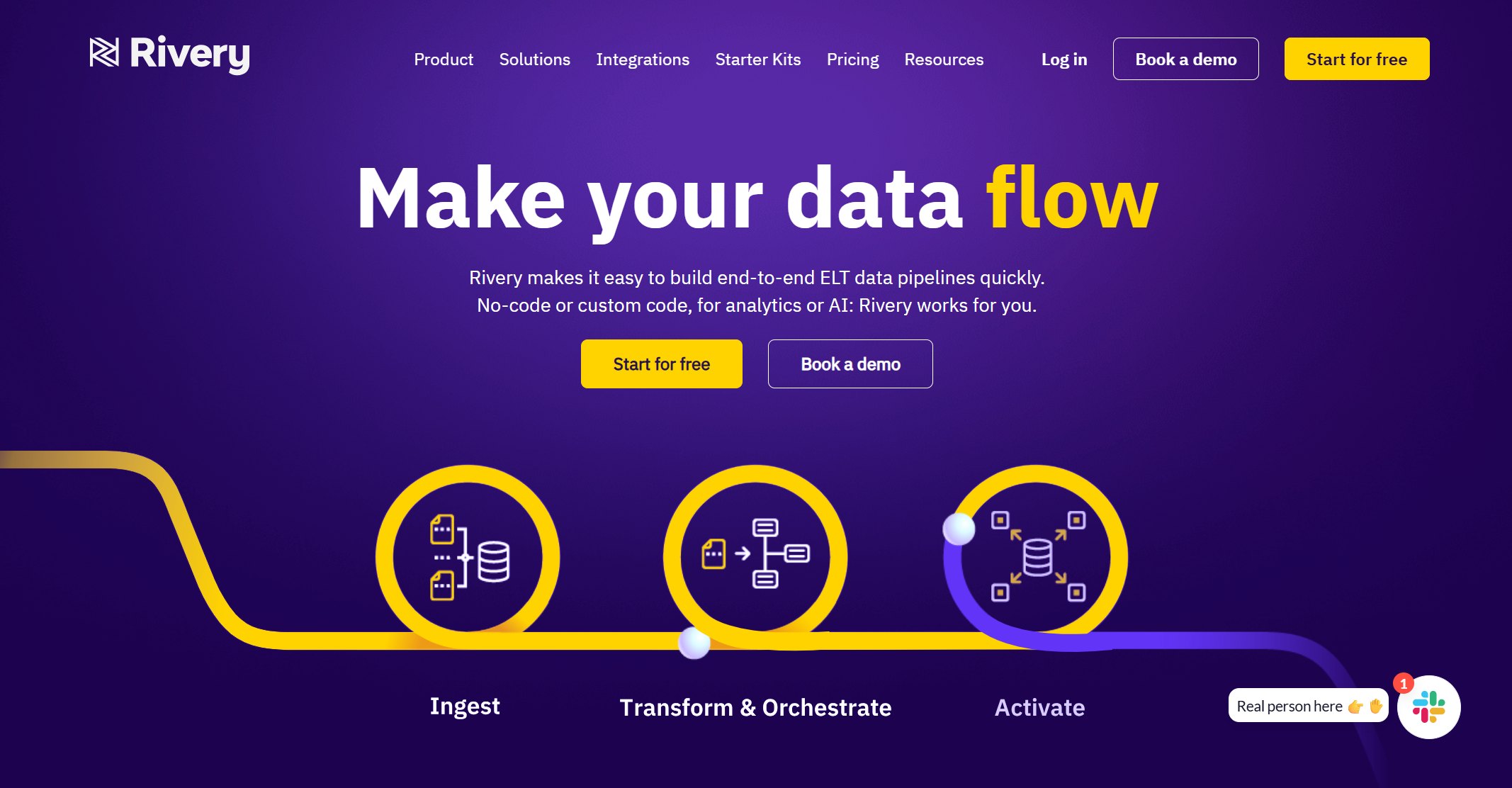
Key Features
- User-Friendly Interface: Rivery's intuitive interface allows you to create and manage data pipelines with ease.
- Scalability: The platform scales according to your data needs, ensuring optimal performance as your business grows.
- Pre-Built Data Models: Rivery offers pre-built data models that simplify the process of data integration and transformation.
- API Integration: Supports seamless integration with various APIs, enhancing data connectivity and accessibility.
Pros and Cons
Pros:
- Provides a flexible and scalable solution for data integration.
- Offers pre-built data models for quick setup.
- Supports a wide range of API integrations.
Cons: May require initial setup time to configure data models and integrations.
Tool 9: Fivetran
Overview
Fivetran is a fully managed data pipeline service that automates data integration. It emphasizes delivering reliable and accurate data by automatically syncing information from various sources to your destination. Designed to navigate the complexities of data integration, Fivetran allows you to concentrate on analyzing and leveraging your data, ensuring data reliability throughout the process
Website: https://www.fivetran.com/
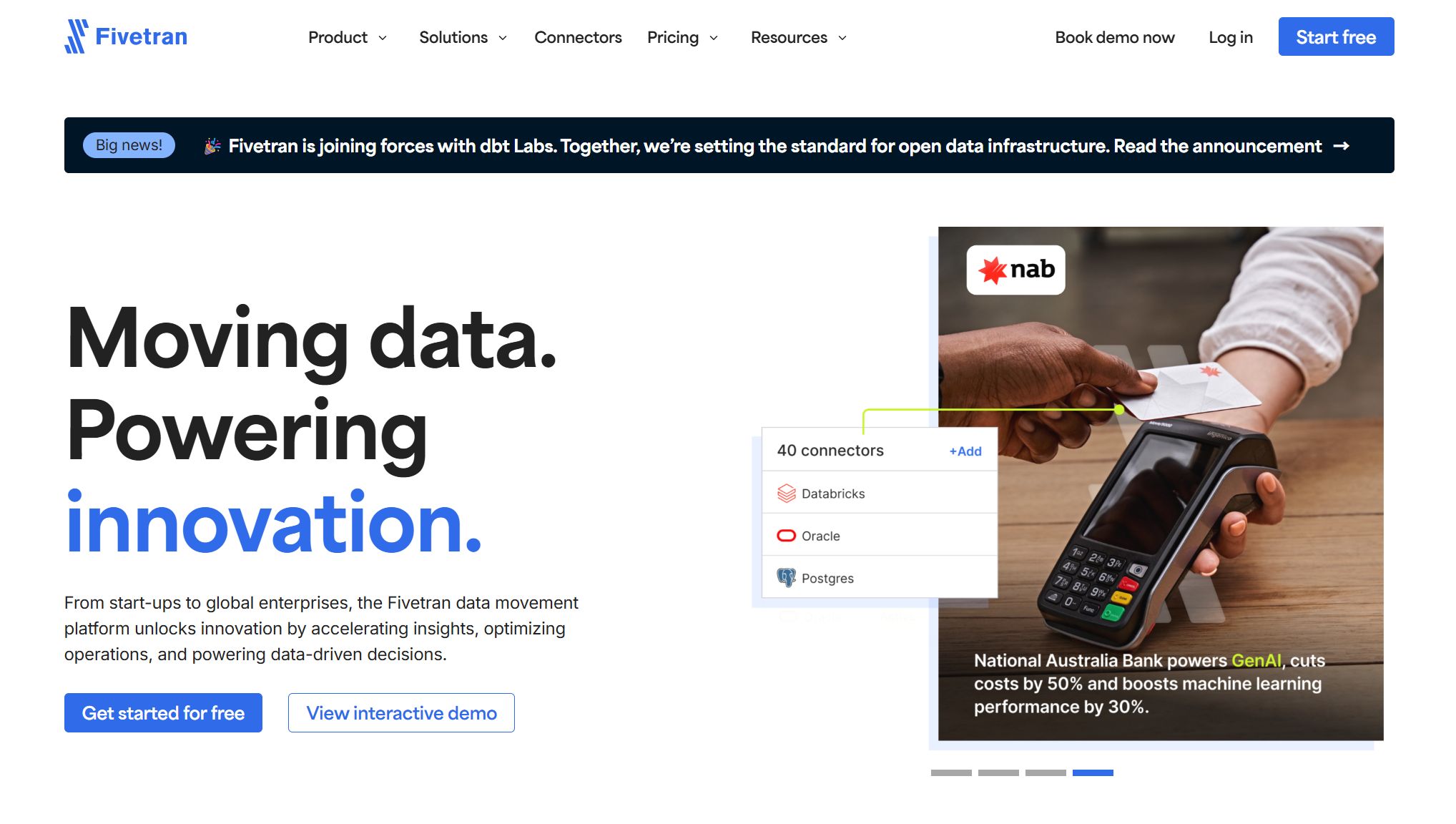
Key Features
- Automated Data Syncing: Fivetran automatically syncs data from multiple sources, ensuring that your data is always up-to-date.
- Schema Management: The platform manages schema changes automatically, reducing the need for manual adjustments.
- Data Transformation: Fivetran supports data transformation within the pipeline, enabling you to prepare data for analysis.
- Security and Compliance: Ensures data security and compliance with industry standards, providing peace of mind for your data management needs.
Pros and Cons
Pros:
- Automates data syncing and schema management for efficiency.
- Provides robust security and compliance features.
- Supports seamless data transformation within the pipeline.
Cons: May involve a learning curve for users new to automated data integration platforms.
Tool 10: Stitch Data
Overview
Stitch Data stands out as a robust ELT (Extract, Load, Transform) tool. It simplifies the process of moving data from various sources to your data warehouse. As part of the Talend family, Stitch Data focuses on providing a seamless experience for data integration. You can rely on it to handle the initial stages of data transformation, ensuring compatibility with your chosen destination. This tool is particularly beneficial for businesses seeking an efficient and straightforward solution for data movement.
Website: https://www.stitchdata.com/
Key Features
- Efficient ELT Process: Stitch Data excels in extracting and loading data, performing only necessary transformations for compatibility.
- Wide Range of Integrations: Supports numerous data sources, allowing you to consolidate data effortlessly.
- User-Friendly Interface: Offers a graphical user interface for defining transformations, making it accessible even if you lack coding expertise.
- Flexible Transformation Options: Allows transformations using SQL, Python, or Java, catering to different user preferences and technical requirements.
Pros and Cons
Pros:
- Simplifies data movement with its efficient ELT approach.
- Provides extensive integration options for diverse data environments.
- Offers flexibility in defining transformations through multiple programming languages.
Cons: May require additional tools for complex data transformations beyond initial compatibility adjustments.
Stitch Data's focus on ease of use and integration makes it a valuable asset in your data strategy toolkit. By leveraging its capabilities, you can streamline your data workflows and ensure that your data is ready for analysis and decision-making.
How to Choose the Right Data Pipeline Tools for Your Needs
Selecting the right data pipeline tools is crucial for optimizing your data strategy. This section will guide you through assessing your data strategy and evaluating tool compatibility to ensure you make informed decisions.
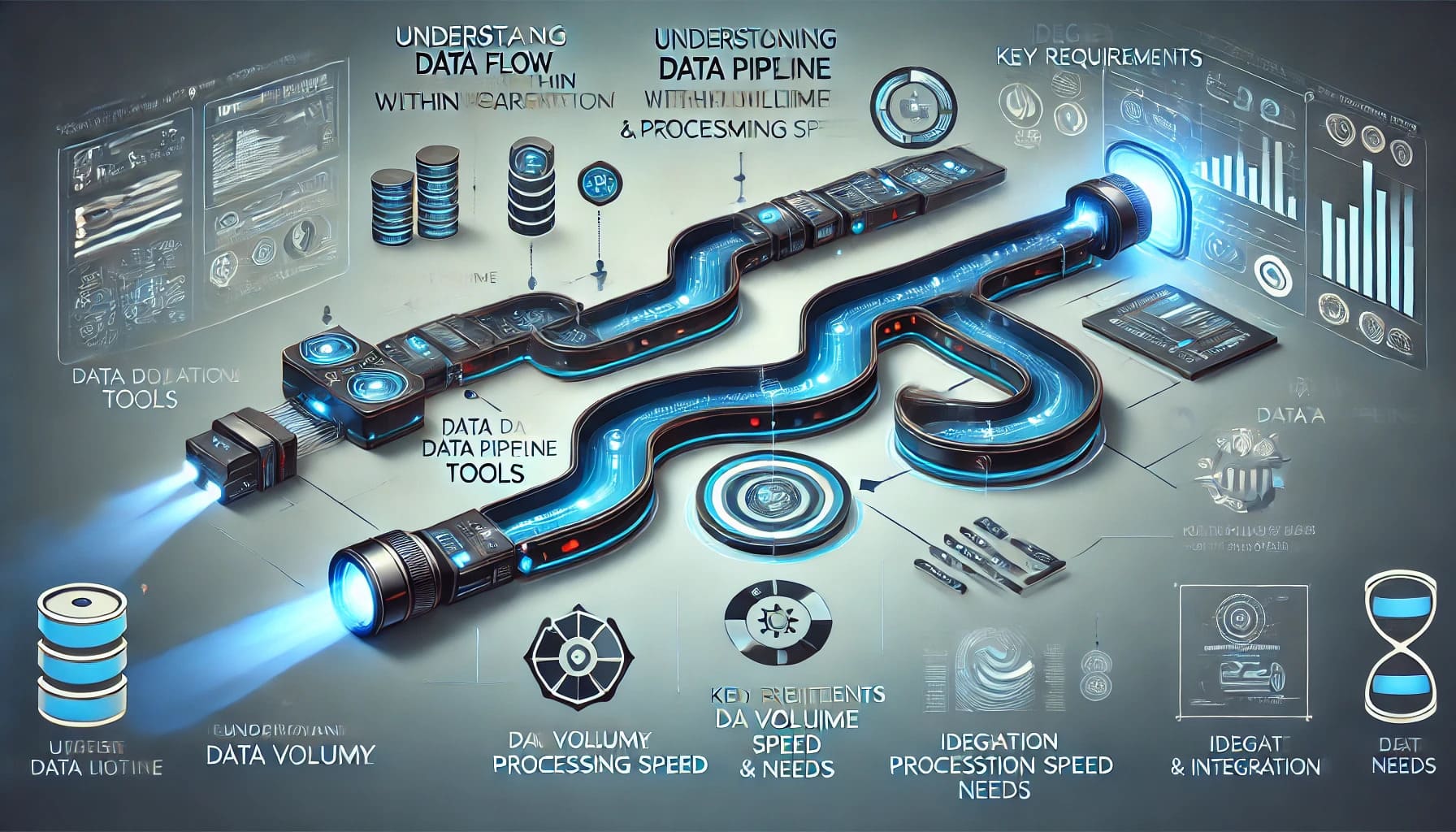
Assessing Your Data Strategy
Before choosing a data pipeline tool, you need to understand your data flow. This involves analyzing your data flow and identifying key requirements.
Understanding Your Data Flow
Start by mapping out how data moves within your organization. Identify the sources of your data, such as databases, cloud services, or on-premises systems. Determine how data is processed and where it needs to go. For instance, if you rely on real-time analytics, tools like Google Cloud Dataflow can handle both stream and batch processing efficiently. Understanding your data flow helps you pinpoint the features you need in a data pipeline tool.
Identifying Key Requirements
Once you understand your data flow, identify the specific requirements for your data pipeline. Consider factors like data volume, processing speed, and integration needs. If you need a tool that supports extensive data transformation, AWS Glue offers robust ETL capabilities with seamless integration into the AWS ecosystem. By clearly defining your requirements, you can narrow down the tools that best fit your needs.
Evaluating Tool Compatibility
After assessing your data strategy, evaluate how well potential tools integrate with your existing systems and fit within your budget.
Integration with Existing Systems
Ensure that the data pipeline tool you choose can integrate smoothly with your current infrastructure. Check if it supports the data sources and destinations you use. Azure Data Factory, for example, connects to a wide range of data stores and supports data transformation using various compute services. A tool that integrates well with your systems will streamline your data workflows and reduce the need for additional resources.
Budget Considerations
Budget is a critical factor when selecting a data pipeline tool. Consider both the initial costs and ongoing expenses. Some tools, like AWS Data Pipeline, offer a pay-as-you-go pricing model, which can be cost-effective for businesses with fluctuating data needs. Evaluate the total cost of ownership, including licensing fees, maintenance, and potential training costs. Balancing your budget with the tool's capabilities ensures you get the best value for your investment.
By carefully assessing your data strategy and evaluating tool compatibility, you can choose the right data pipeline tools that align with your business objectives and enhance your data management processes.
Choosing the right data pipeline tools is crucial for optimizing your data strategy. These tools streamline data workflows, improve data quality, and facilitate faster decisions. You should assess your specific needs and explore the tools discussed, such as Stitch Data, which offers a user-friendly interface and extensive integration options. As you look to the future, anticipate trends like enhanced automation and real-time processing capabilities. By staying informed and adaptable, you can ensure your data strategy remains robust and effective in the evolving landscape of data management.
Click the banner below to experience FineBI for free and empower your enterprise to convert data into productivity!
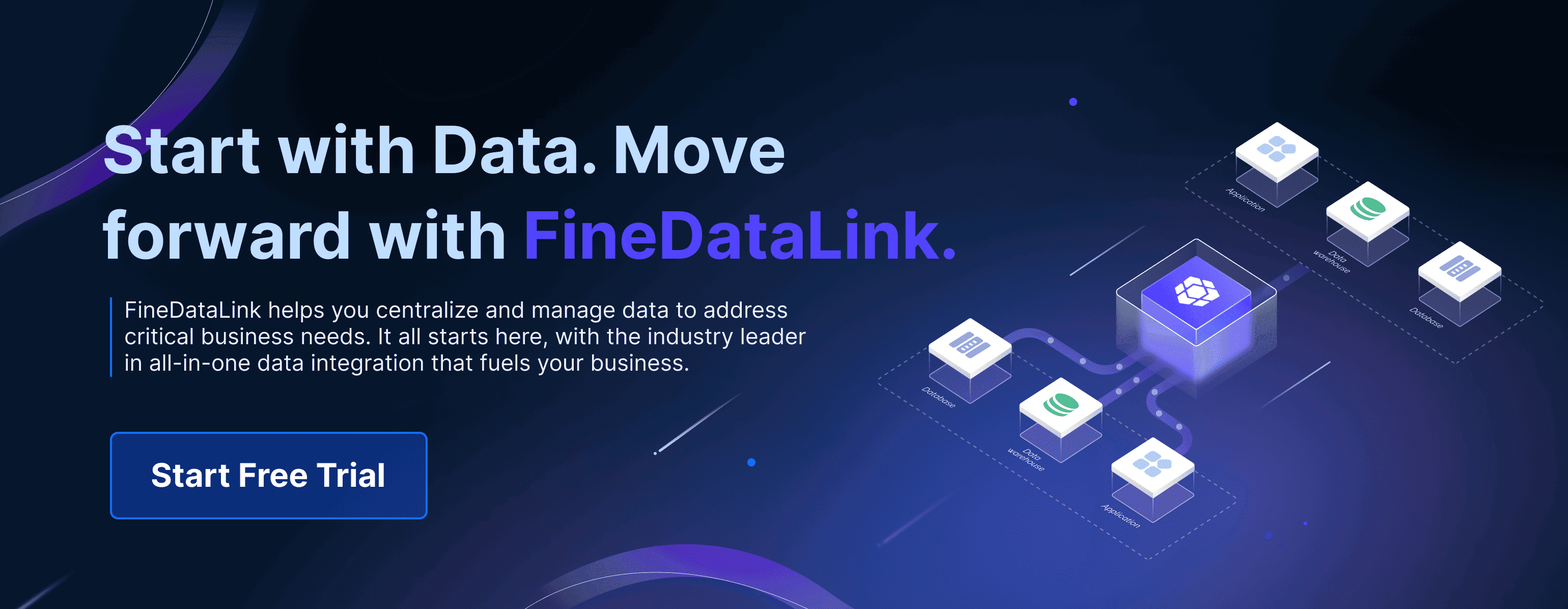
Continue Reading about Data Pipeline
Mastering Data Pipeline: Your Comprehensive Guide
How to Build a Python Data Pipeline: Steps and Key Points
FAQ

The Author
Howard
Data Management Engineer & Data Research Expert at FanRuan
Related Articles

Best Software for Creating ETL Pipelines This Year
Discover the top ETL pipelines tools for 2025, offering scalability, user-friendly interfaces, and seamless integration to streamline your data pipelines.
Howard
Apr 29, 2025

What is Data Pipeline Management and Why It Matters
Data pipeline management ensures efficient, reliable data flow from sources to destinations, enabling businesses to make timely, data-driven decisions.
Howard
Mar 07, 2025

What is a Data Pipeline and Why Does It Matter
A data pipeline automates collecting, cleaning, and delivering data, ensuring accurate, timely insights for analysis and business decisions.
Howard
Mar 07, 2025



